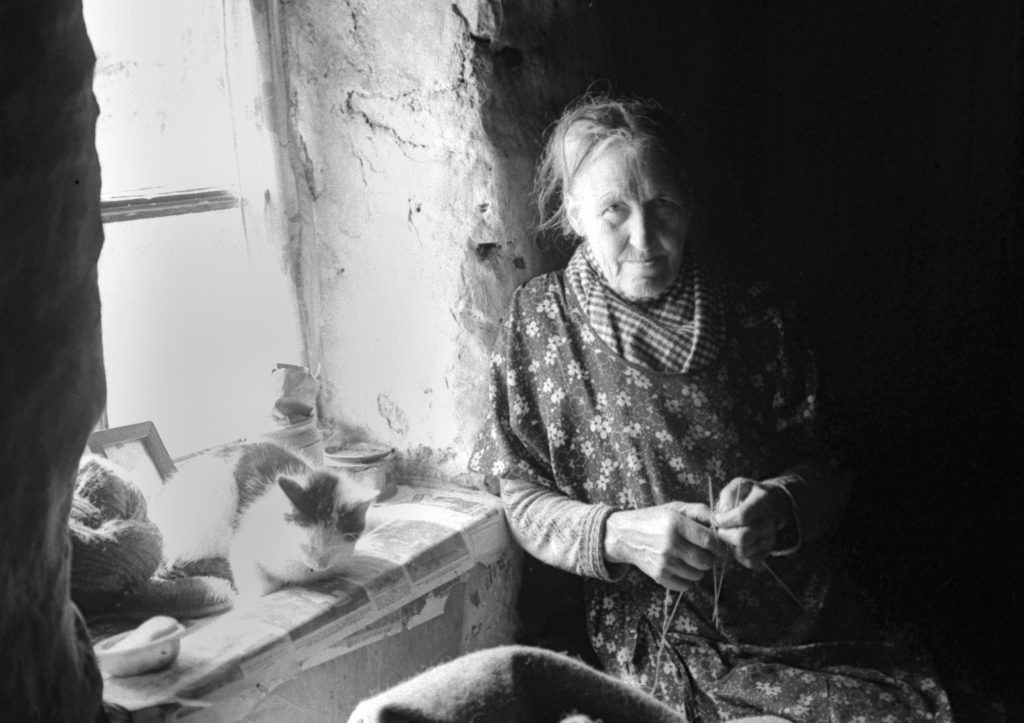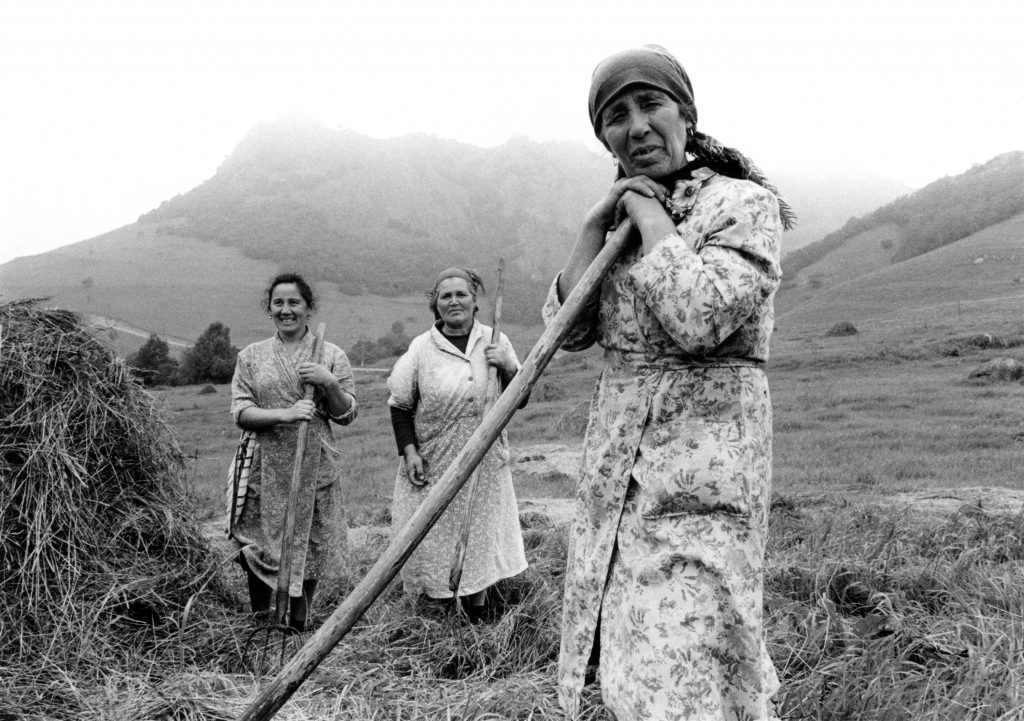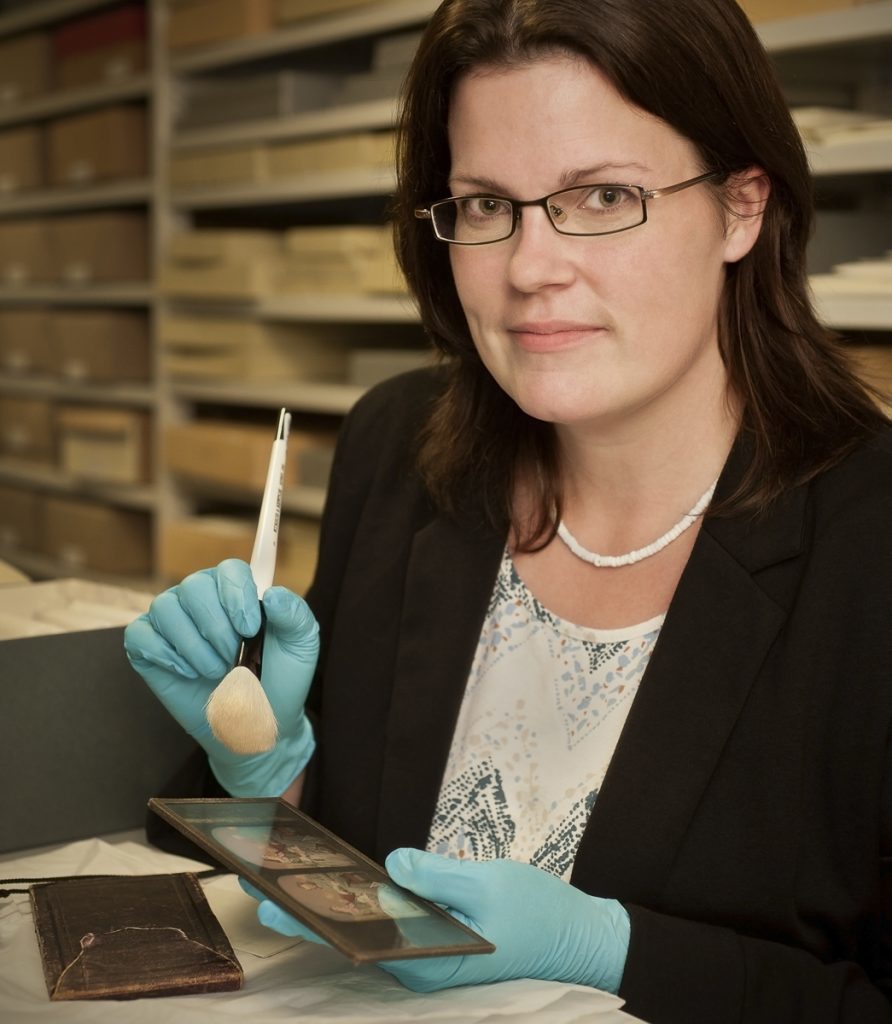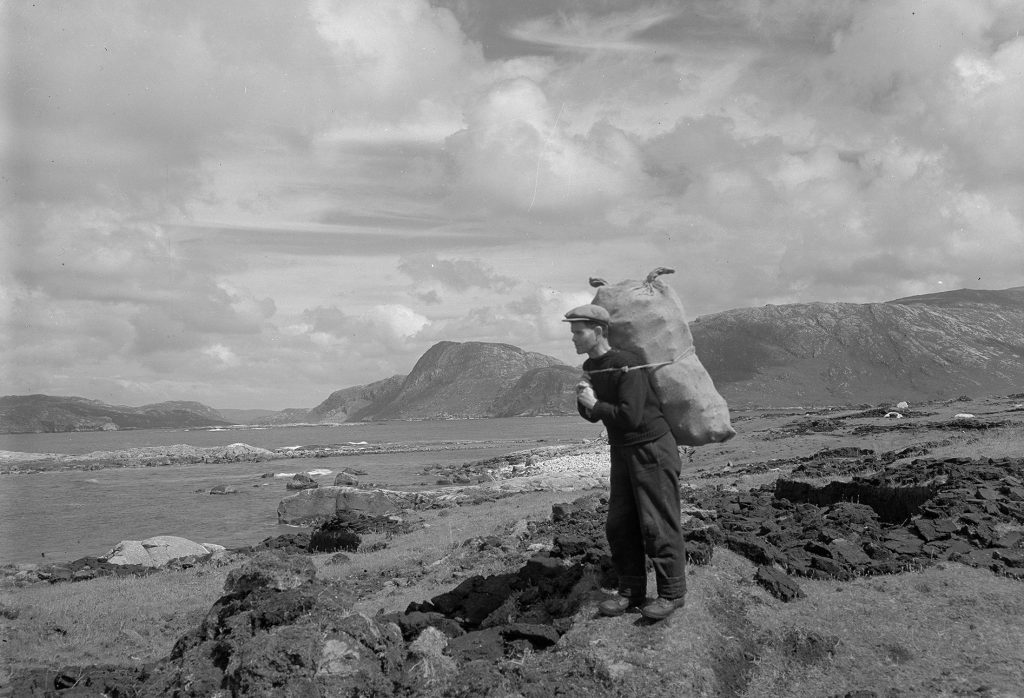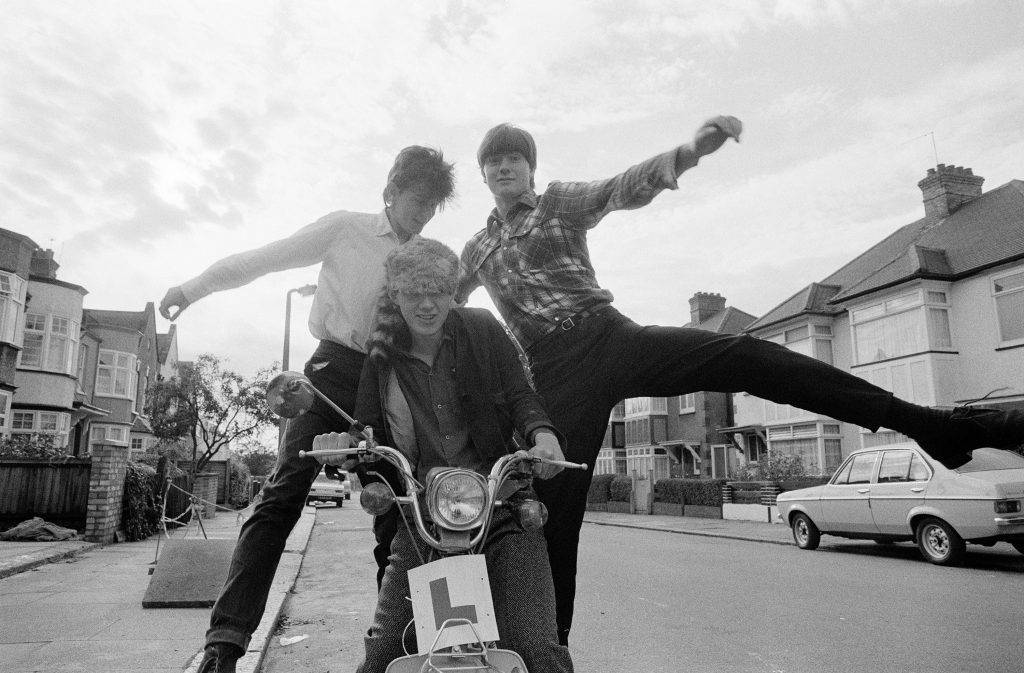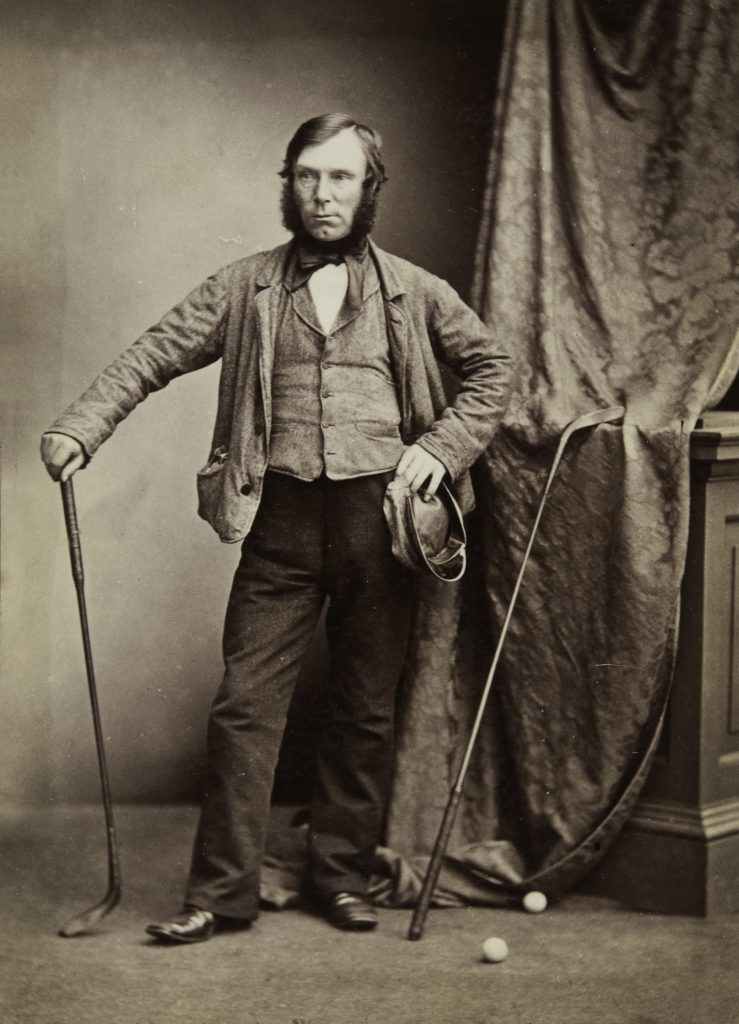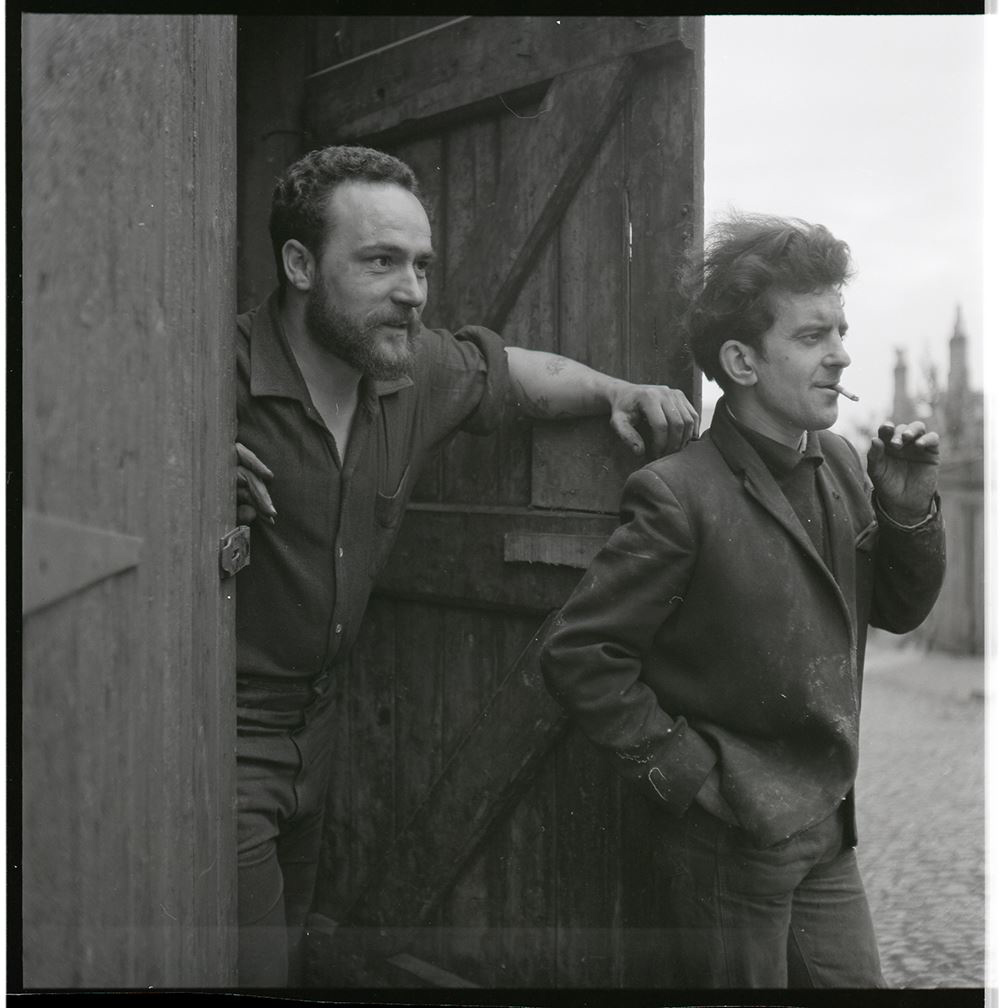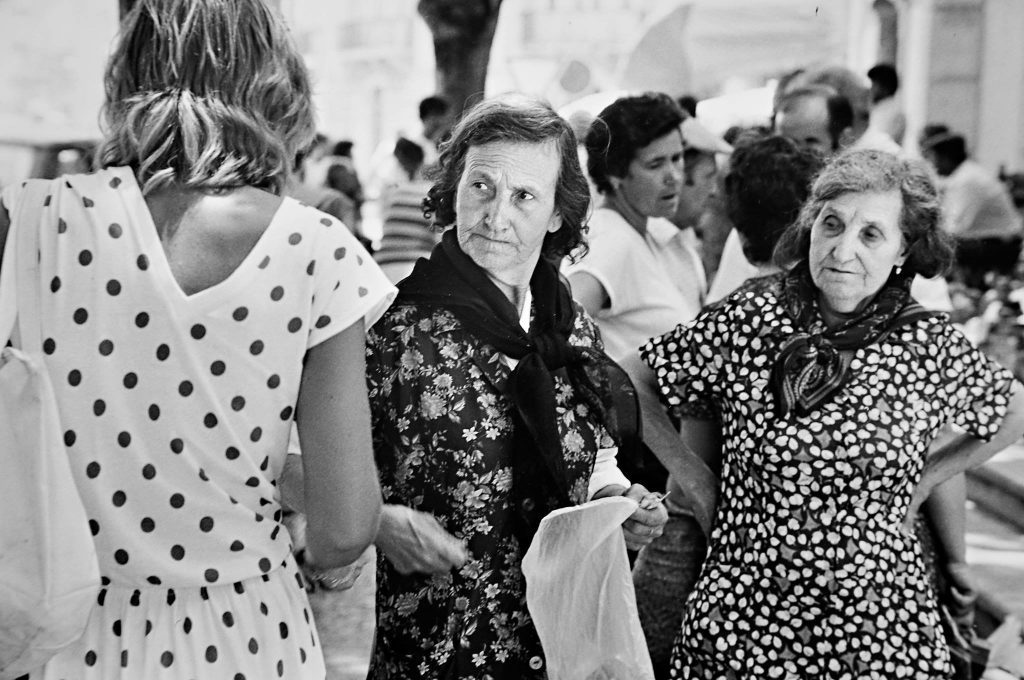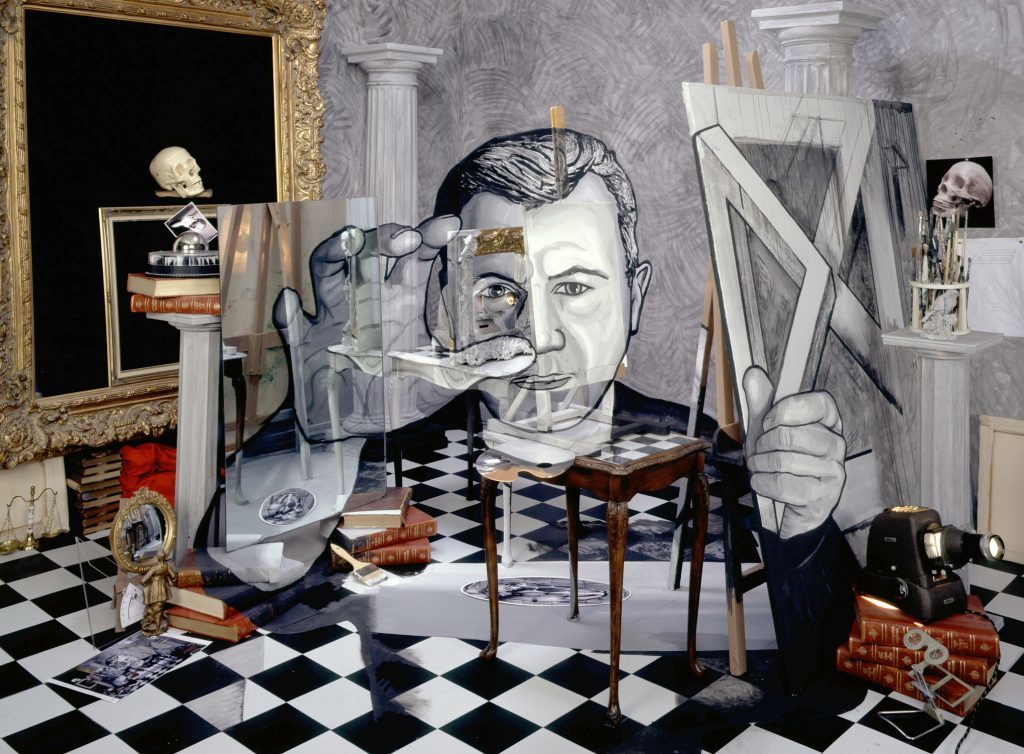Michael Alexander speaks to the organisers of the first annual St Andrews Photography Festival which celebrates the town’s pioneers of photography and wider Scottish legacy.
From golf to theology, links with history are everywhere on the streets of St Andrews.
But few know the role the town has played nationally and internationally in the introduction of photography.
That is all about to change with the launch of the first annual St Andrews Photography Festival which will celebrate the role and legacy of the town’s photography pioneers.
From August 1 to September 11, the six-week-long festival will see events and exhibitions focus on the earliest days of photography in St Andrews as well as the pioneers’ legacy in Scottish documentary photography since.
It’s the brainchild of BID St Andrews – the business improvement body created to support businesses in the town – which has been working with St Andrews University and local businesses to launch the festival.
As well as appealing to tourists, it also aims to engage with local people who were perhaps unaware of the town’s rich photographic history.
Festival organiser Rachel Nordstrom who is Photographic Collections Manager at the St Andrews University Library Special Collections Division – is particularly excited at showcasing what amounts to 18 separate exhibitions at venues across the town.
But when the Canadian first arrived to take up her post more than three years ago, she admits she was “rather surprised” that the history of Scottish photography, and the St Andrews connections in particular, had not been celebrated sooner.
“Thanks to a close friendship between William Henry Fox Talbot, the inventor of the photographic negative, and Sir David Brewster, Principal of the United Colleges in St Andrews, photography first arrived in Scotland by way of St Andrews, “she says.
“The new medium was then taken up with great enthusiasm across the country.
“But unless people notice a couple of blue plaques in the town, the rich photographic history is often overlooked by many visitors.”
St Andrews’ links to photography date back to the mid-19th century and the pioneering calotype print work of the physician and curator Dr John Adamson. The technique used paper coated with silver iodide
Adamson, who is honoured with a blue plaque on the wall of his former home at 127 South Street – now the home of The Adamson restaurant – went on to teach the process to his brother, Robert, who despite his premature death aged 26 created around 2,500 calotype portraits.
William Henry Fox Talbot’s calotype process had been patented in 1841 – but as the patent did not apply in Scotland, Dr Adamson was able to develop his own technique and pave the way for other Scottish names such as David Octavius Hill, who formed a partnership with Robert Adamson in 1843; Thomas Rodger, who set up the first photographic studio in St Andrews whilst still only 16 or 17 in 1849; and Sir David Brewster, a close friend of Fox Talbot’s.
Rodger is also honoured with a blue plaque outside his former house and studio – now the university careers centre.
The festival will put some of the photographic archive highlights of the St Andrews University Library Special Collections on show, as well as creating a showcase for contemporary Scottish photography.
Thirteen local businesses, including cafés and restaurants, are hosting exhibitions alongside six more conventional venues. One will even be on the railings at The Scores. There will also be workshops to demonstrate a variety of early photographic processes including calotype and collodion, talks and events for photographers of all ages and levels.
Other exhibition highlights include Scotland Through The Lens: 175 years of documentary photography – prints from St Andrews University Library’s Special Collections archive, and a selection by renowned rock photography of Harry Papadopoulos. This features 16 images from the collection at Street Level Photoworks which resulted in the major project What Presence: the Rock Photography of Harry Papadopoulos.
A particularly topical exhibition will be by Alicia Bruce. It features prints from the controversial Menie: TRUMPED project by the award-winning documentary photographer and lecturer about the effect on the natural landscape and local residents of the creation of the Trump Resort in Aberdeenshire. She’s also hosting a presentation of her portfolio and giving a portraiture workshop.
An extensive events programme includes early process demonstrations, a ‘Become a Street Photographer’ youth workshop, literary readings inspired by the work of Hill and Adamson, and a family history collections day.
There will also be a series of talks by notable photo historians whilst Rachel herself will be leading a free St Andrews photo tour around some of the town’s historic photographic sites.
Rachel is excited with all the exhibits. But if she was pushed to name a favourite, it would be the installation by Keny Drew at the Eden Mill Tasting Room under the Rusacks Hotel.
She adds: “It’s a body of work printed on glass which has the effect of stained glass, and as it is being created specifically for the festival, I haven’t seen it yet!”
For full exhibition details go to www.facebook.com/StAndPhotoFest/
